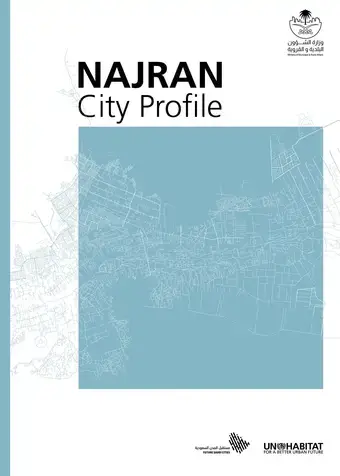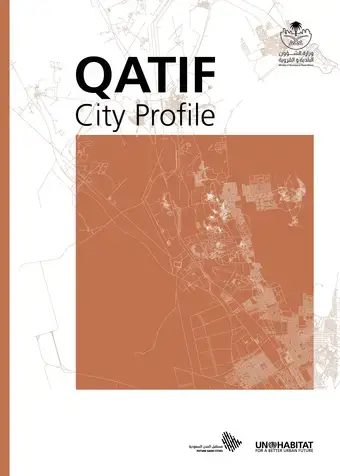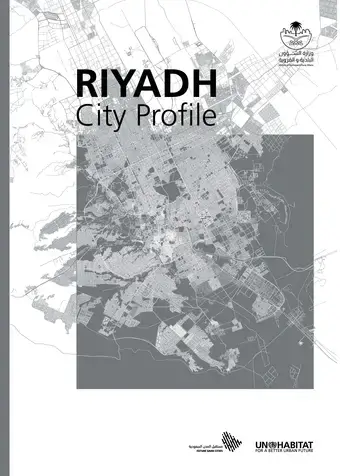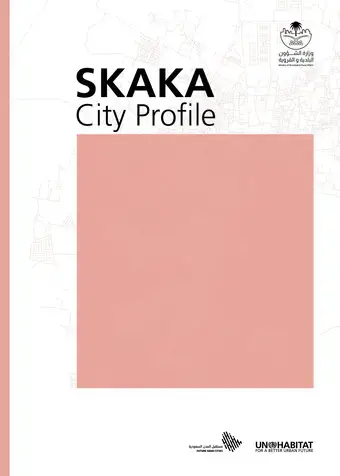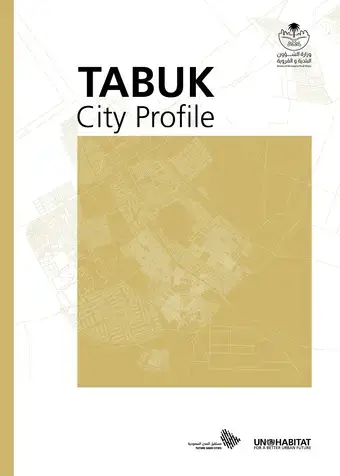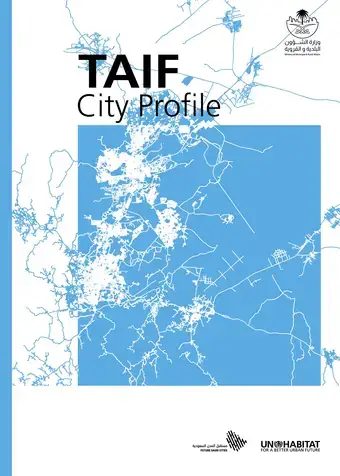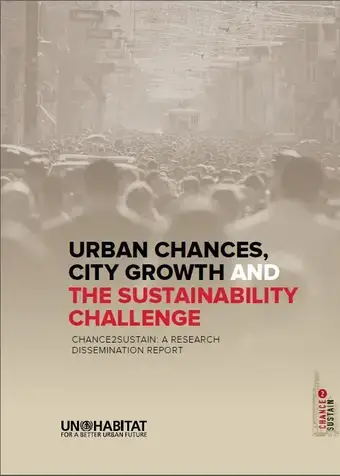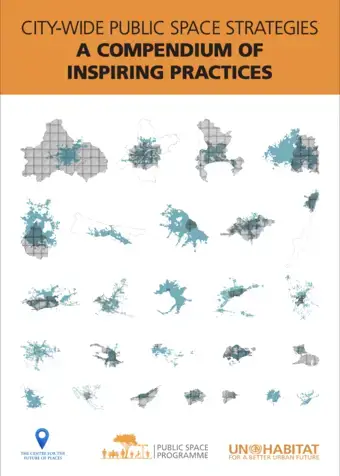The lecture is based on the realization that the current urban planning paradigm championed in the United States and Europe—the Containment Paradigm, also known as urban growth management, smart growth, or compact city—is inappropriate in the rapidly-urbanizing countries in Asia, Africa and Latin America. Instead, it calls for a new paradigm for coming to terms with rapid urbanization: The Making Room Paradigm.
https://www.youtube.com/watch?v=1GknqMC4B2o
